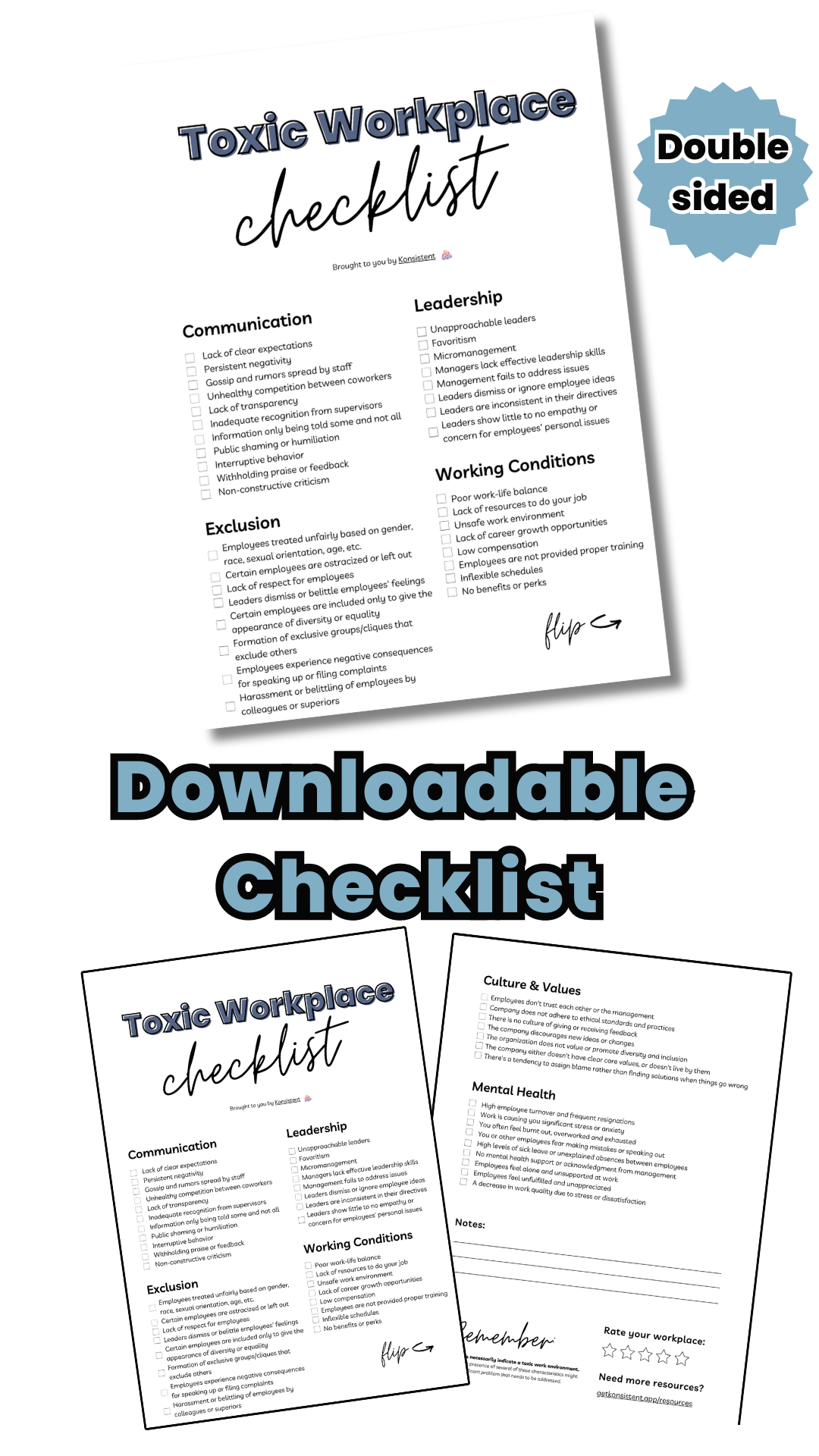What is quid pro quo harassment in the workplace?
26 October 2022 | 4 mins read
- Employee resources
- HR resources
If you’ve ever taken a job, you’ve probably heard about the concept of quid pro quo, meaning “this for that.” But, what is quid pro quo harassment exactly?

In a workplace context, quid pro quo harassment refers to situations where an employee is made to feel pressured or forced into a sexual favor in exchange for something like a promotion, raise, or favorable work assignment. This can look like an employer or manager making inappropriate sexual comments, requesting sexual favors from employees, and even engaging in sexual acts with employees.
In this post, we’ll explore some common examples of quid pro quo sexual harassment in the workplace, as well as tips on what to do if you think this is happening to you.
Examples of quid pro quo sexual harassment
Although this may seem like a clear case of sexual harassment, quid pro quo harassment can be difficult to spot because it often happens in subtle and indirect ways.
Some examples of behaviors that might indicate quid pro quo harassment include:
- Pressure from a supervisor or co-worker to engage in romantic or sexual activity
- Being repeatedly asked out by someone you aren’t interested in romantically
- Receiving favorable work assignments or other benefits in exchange for sexual favors
- Being made to feel that your job security or advancement depends on your willingness to engage in unwanted sexual activity
If you think you are being subjected to quid pro quo harassment, it’s important not to let the situation spiral out of control and take actions to report the situation.
But how can you tell if you are experiencing quid pro quo harassment?
If any of the following behaviors sound familiar, you may be a victim of quid pro quo harassment:
- Being made to feel uncomfortable or threatened by sexual comments or advances
- Being asked out on dates or being asked for sexual favors in exchange for things like promotions, raises, or work assignments
- Being subjected to unwanted sexual advances or physical contact, such as groping or inappropriate touching
Are you feeling stressed, unvalued, or isolated at work but can't quite put your finger on the root of the issue?
Our comprehensive 'Toxic Workplace Checklist' could provide the clarity you're seeking. This checklist, designed by our language detection experts at Konsistent, pinpoints key signs of an unhealthy work environment, empowering you to better understand and navigate your professional sphere. Download your free copy today, and take the first step towards a more inclusive, respectful, and supportive workspace.
How can employees prove quid pro quo harassment?
If you think that you are being subjected to this type of harassment in the workplace, it’s important to speak up and take action.

Unfortunately, many victims of sexual harassment don’t feel comfortable coming forward, due to fears of retaliation or being dismissed.
However, there are a few steps that you can take in order to help build a strong case against your harasser and hold them accountable for their actions. These might include:
- Documenting any unwanted advances or sexual comments made by your supervisor or co-workers
- Reporting the incident to your human resources department or a trusted manager
- Seeking legal advice and representation from an employment law attorney
- Gathering evidence of the harassment, such as screenshots of text messages or emails that contain sexual comments or unwanted advances
If you are facing quid pro quo sexual harassment in the workplace, it’s crucial not to let the situation go unchecked. This might include reporting the incident to your human resources department or a trusted manager, seeking legal advice and representation from an employment law attorney, and gathering any evidence you can to support your case.
By speaking up and taking a stand against sexual harassment, you can help protect yourself and others from this type of unacceptable behavior in the workplace and hold your harasser accountable for their actions.
Are threats enough to prove harassment?
While quid pro quo harassment typically involves explicit threats or promises of a negative consequence if sexual favors are not provided, it is possible for quid pro quo harassment to be proven on the basis of implicit threats.
Some examples might include situations where the employee feels that their job security or professional reputation depends on submitting to unwanted sexual advances, or where they fear that they will be subject to negative repercussions if they do not comply with their harasser’s requests.
How can companies prevent sexual harassment claims?
The best way to combat instances of quid pro quo harassment in the workplace is by preventing it from happening in the first place.

Companies can do this by clearly communicating and enforcing a strong anti-harassment policy, providing regular training to all employees on what constitutes sexual harassment and how to report it, and creating an environment where victims feel safe coming forward without fear of retaliation or other negative consequences.
Implementing internal communications monitoring tools like Konsistent can help prevent instances of sexual harassment by flagging harmful messages in real-time and providing a record of all communication for future reference. By investing in preventative measures like these, companies can create a safer and more inclusive workplace for everyone and reduce the risk of sexual harassment claims in the future.
By taking proactive steps to prevent harassment violations and support victims, companies can help protect their employees and create a safer, more positive work environment for everyone.
Keep your workplace compliant with Title VII of the Civil Rights Act
As a business owner or manager, it’s important to stay up-to-date on the latest workplace compliance requirements in order to prevent sexual harassment and discrimination claims.
One of these requirements is Title VII of the Civil Rights Act of 1964, which prohibits employers from discriminating against employees on the basis of sex, race, color, national origin, and religion. By ensuring that your company is in compliance with this law and other workplace regulations, you can help prevent discrimination claims from arising and protect the rights of your employees.
If you’re not sure whether your company’s internal communication is compliant with Title VII, consider partnering with an employment law attorney or using a monitoring tool like Konsistent to help ensure that all of your company’s communications are in line with workplace regulations. With the right tools and support, you can keep your workplace compliant and reduce the risk of expensive harassment and discrimination claims.







